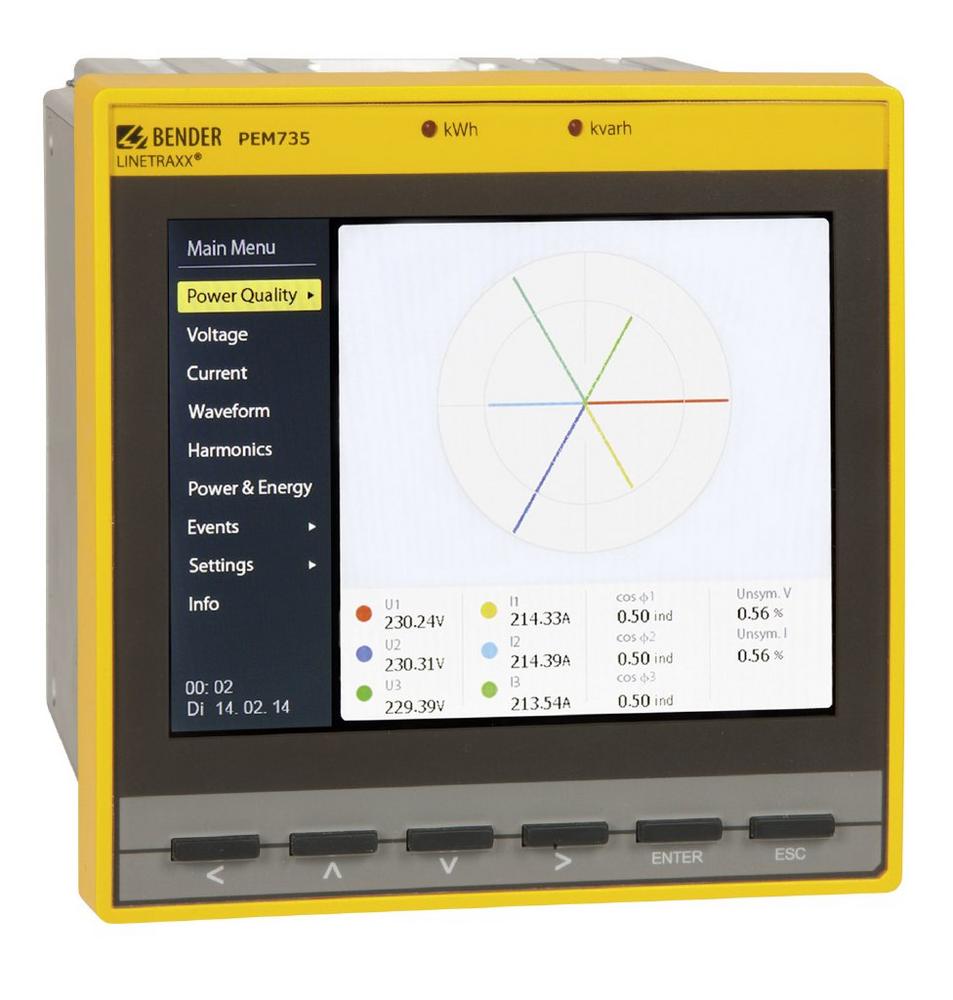The power quality at the supply point plays a crucial role in relation to system failures and premature material fatigue. All electrical devices emit interference into the electricity network (interference emissions) and at the same time are designed such that with a defined, existing level of interference in the electricity network (interference immunity) they operate satisfactorily.
The measurement of the power quality at the supply point is of central significance in this delicate equilibrium: Compliance with the limits for the electrical "ambient conditions" is checked.
The ambient conditions are defined, e.g., in DIN EN 501602).
The majority of modern devices require a DC power supply. Even if the supply is provided from the AC distribution network, the AC voltage is converted internally (rectified). The rectification of the AC voltage, however, always causes interactions on the AC side. These interactions are superimposed at the point of common coupling and affect all equipment. Only by measuring the power quality can it be ensured that the permissible limits are not exceeded and that equipment is not affected.
1) DIN EN 61000-4-30 (VDE0847-4-30) Electromagnetic compatibility – Part 4-30: Testing and measurement techniques – Power quality measurement methods (IEC 61000-4-30)
2) DIN EN 50160 Voltage characteristics of electricity supplied by public distribution networks
Bender GmbH & Co. KG
Londorfer Str. 65
35305 Grünberg
Telefon: +49 (6401) 807-0
Telefax: +49 (6401) 807-259
http://www.bender.de
Kommunikation
Telefon: +49 (6401) 807-519
E-Mail: daniela.theiss@bender.de
![]()
